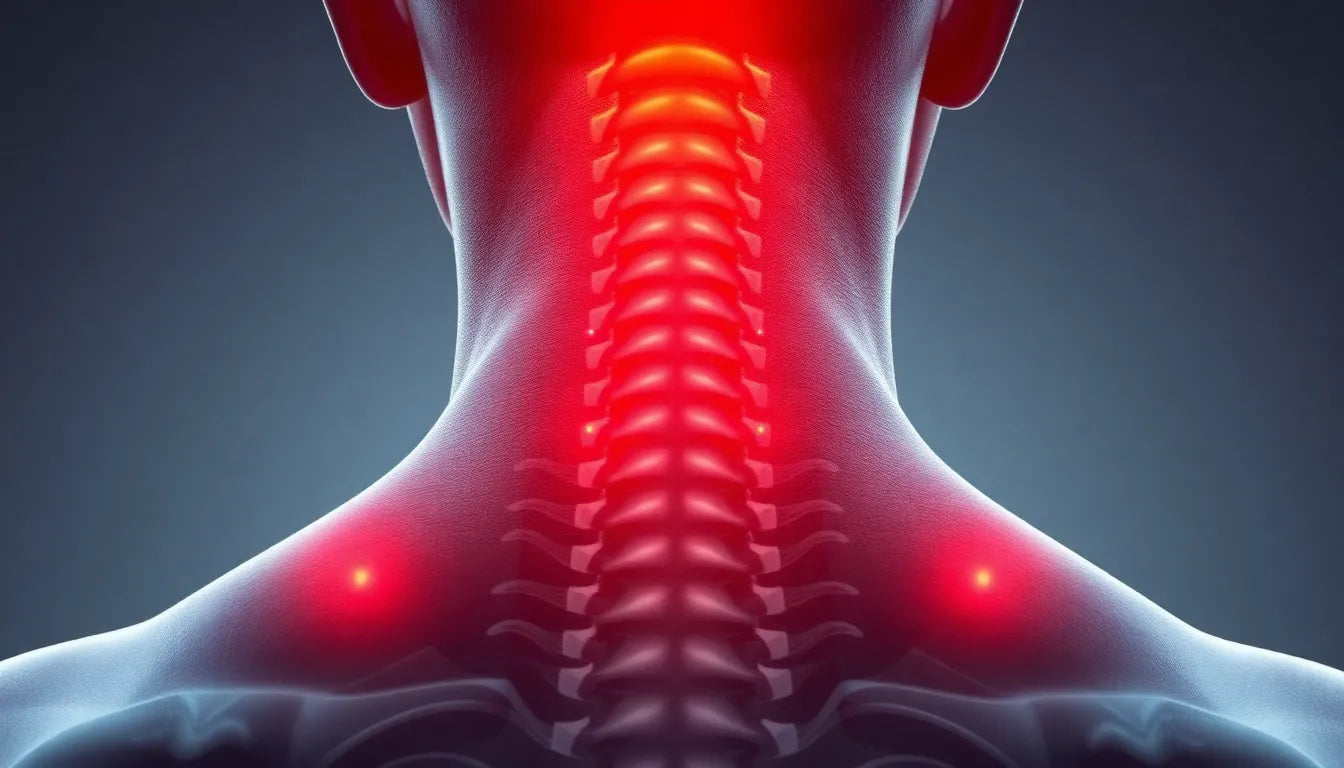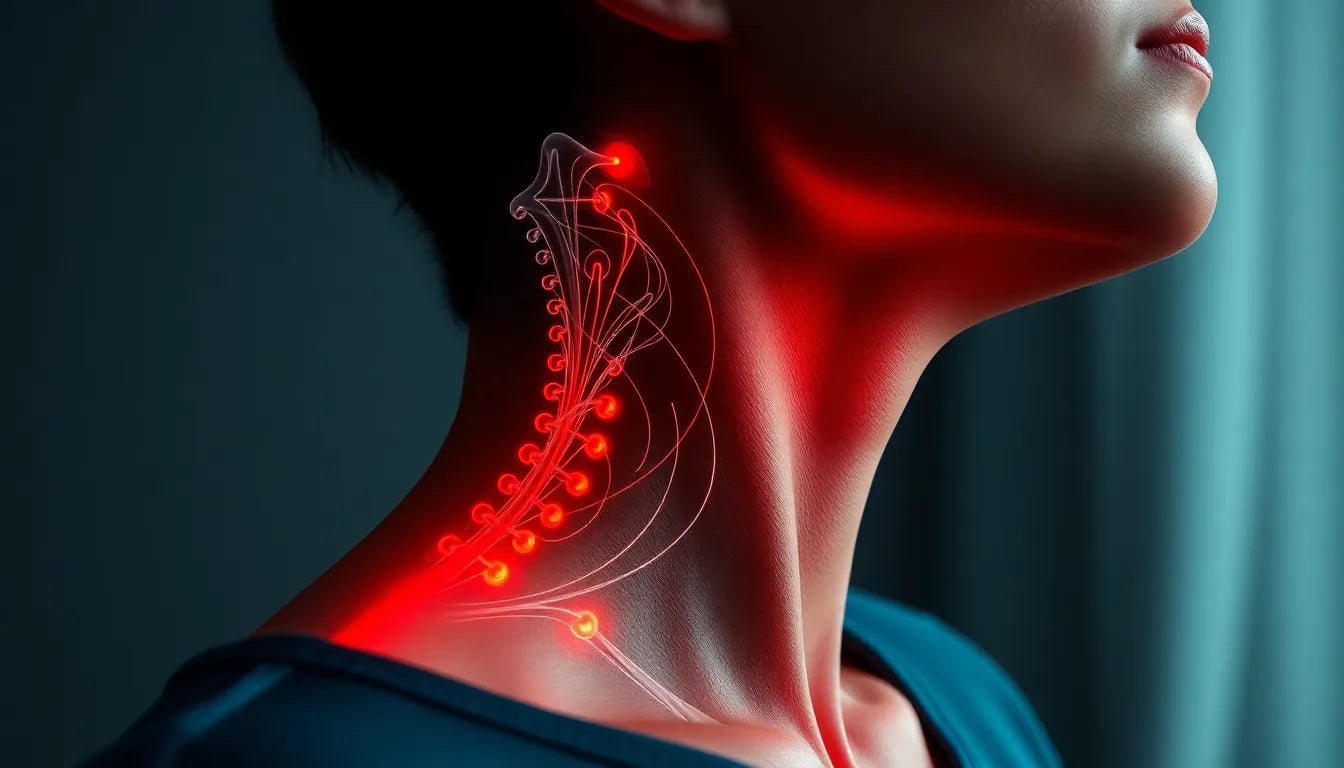Hip bursitis is a common yet often misunderstood condition that can significantly impact daily life. It occurs when the bursae, small fluid-filled sacs that cushion the bones, tendons, and muscles near the hip joint, become inflamed. This inflammation leads to pain and discomfort, making everyday activities such as walking, climbing stairs, or even sitting for extended periods challenging.
The bursae play a crucial role in reducing friction and allowing smooth movement at the hip joint. However, when they become irritated due to repetitive motion, injury, or underlying health conditions, bursitis can develop. Common symptoms include sharp or aching pain on the outer side of the hip, swelling, and limited range of motion. These symptoms can intensify with physical activity or prolonged pressure on the hip, such as lying on one side.
importance of effective treatment for hip bursitis
Treating hip bursitis effectively is essential not only for alleviating pain and inflammation but also for restoring mobility and preventing future episodes. The primary goal of treatment is to reduce discomfort and inflammation, allowing individuals to return to their normal activities without restriction. A well-rounded treatment plan can also help prevent the recurrence of bursitis, which is crucial for long-term hip health.
The treatment spectrum for hip bursitis ranges from conservative measures to more advanced interventions, tailored to the severity of the condition and individual patient needs. Conservative treatments often include rest, ice application, and over-the-counter medications to manage pain and swelling. Physical therapy plays a vital role in strengthening the muscles around the hip and improving flexibility, which can help alleviate symptoms and prevent recurrence.
For those with more persistent or severe cases, advanced treatments such as corticosteroid injections, platelet-rich plasma (PRP) therapy, or even surgery may be considered. These options are typically reserved for cases where conservative methods have not provided sufficient relief.
Understanding the importance of a comprehensive treatment approach can empower individuals to seek appropriate care and make informed decisions about their health. By addressing hip bursitis with a tailored treatment plan, individuals can find relief from pain and improve their quality of life.
conservative treatment approaches for hip bursitis
When it comes to managing hip bursitis, the initial treatment often involves conservative approaches that focus on reducing inflammation and alleviating pain. One of the most commonly recommended methods is the RICE protocol, which stands for Rest, Ice, Compression, and Elevation. Resting the affected hip is crucial as it helps to minimize stress and allows the inflammation to subside. Applying ice packs to the hip can also be highly effective in decreasing inflammation and providing pain relief. Compression and elevation techniques can further aid in managing swelling, promoting faster recovery.
medications for pain and inflammation
In addition to the RICE protocol, over-the-counter nonsteroidal anti-inflammatory drugs (NSAIDs) such as ibuprofen and naproxen are often used to manage pain and inflammation associated with hip bursitis. These medications can be effective in providing relief, but it is essential to be aware of potential side effects, particularly with prolonged use. Consulting with a healthcare provider is advisable to ensure safe and appropriate use of these medications.
the role of physical therapy
Physical therapy plays a significant role in the conservative management of hip bursitis. Targeted exercises designed to strengthen the hip and leg muscles can help improve stability and reduce the risk of future episodes. Flexibility exercises and posture correction are also important components of a physical therapy regimen, as they enhance the range of motion and prevent further irritation of the bursae. Many individuals find value in accessing online resources or seeking professional guidance to develop personalized exercise plans that cater to their specific needs.

Men's Posture Shirt™ - Black
Patented posture shirt helps stimulate muscles and relieve pain for improved recovery and posture.
lifestyle modifications for long-term relief
Implementing lifestyle modifications is another critical aspect of managing hip bursitis effectively. Weight management is particularly important, as excess weight can place additional stress on the hip joint, exacerbating symptoms. Additionally, ergonomic adjustments in daily activities and workplace settings can help prevent strain on the hip. This includes using supportive footwear, adjusting sitting positions, and ensuring proper alignment during physical activities.

Lumbar support belt
Adjustable lumbar belt offers back stabilization and relief for lower back pain during daily activities.
advanced treatment options for persistent cases
For individuals who do not experience sufficient relief from conservative treatments, advanced options may be considered. Corticosteroid injections are commonly used to provide short-term relief from inflammation and pain. These injections can be effective, but it is important to be cautious about their frequency due to potential risks associated with repeated use. Healthcare providers typically recommend them when conservative measures have not yielded desired results.
exploring platelet-rich plasma (PRP) therapy
Platelet-rich plasma (PRP) therapy is an emerging treatment that has gained attention for its potential benefits in managing chronic hip bursitis. PRP involves using a concentration of the patient's own platelets to promote healing and reduce inflammation. Studies suggest that PRP may offer more durable relief compared to traditional corticosteroid injections, particularly in chronic cases. This therapy is considered a promising option for individuals seeking long-term improvement.
shock wave therapy as an emerging solution
Shock wave therapy (SWT) is another advanced treatment that has shown promise in addressing persistent symptoms of hip bursitis. This non-invasive technique uses sound waves to stimulate healing in the affected area. Comparative studies have indicated that SWT may be more effective than other non-operative methods for individuals with chronic bursitis.
surgical interventions for refractory cases
In rare instances where all other treatments have failed, surgical intervention may be considered. Minimally invasive techniques, such as bursectomy or iliotibial (IT) band release, are typically reserved for refractory cases. These procedures aim to alleviate pain and restore function, with outcomes generally favorable when indicated. Surgery is usually regarded as a last resort, following the exhaustion of all non-surgical options.
integrative and holistic approaches to hip bursitis treatment
In addition to the conventional methods discussed earlier, integrative and holistic approaches can offer supplementary benefits in the treatment of hip bursitis. Chiropractic care, for example, focuses on manual therapies and postural correction, which can help alleviate pressure on the hip joint. Techniques such as mobilization and ultrasound therapy are often employed to enhance recovery and improve joint function.
Adopting a multidisciplinary approach can be particularly beneficial. This involves combining different treatment modalities to create a comprehensive care plan. Collaborating with healthcare professionals from various fields ensures that all aspects of the condition are addressed, promoting overall well-being and faster recovery.
patient education and safety in hip bursitis management
Educating patients about their condition and treatment options is crucial for effective management of hip bursitis. Understanding the importance of adhering to prescribed regimens and making informed decisions about their care empowers patients to take an active role in their recovery. Safety should always be a priority, with a focus on gradually returning to activities to prevent exacerbation of symptoms.
Healthcare providers can offer valuable guidance on safe exercise practices and lifestyle modifications tailored to individual needs. By fostering a collaborative relationship between patients and healthcare professionals, a more personalized and effective treatment plan can be developed.
conclusion
In conclusion, a tailored treatment plan for hip bursitis is essential for achieving relief and preventing recurrence. From conservative measures like the RICE protocol and physical therapy to advanced options such as PRP and shock wave therapy, various strategies can be employed based on symptom severity and persistence. It is important to consult with healthcare professionals to ensure that the chosen approach aligns with individual needs and goals.
frequently asked questions
What are the first steps in treating hip bursitis?
Initial treatment typically involves conservative measures such as the RICE protocol (Rest, Ice, Compression, Elevation) and over-the-counter NSAIDs like ibuprofen or naproxen to manage pain and inflammation.
When should I consider injections or surgery for hip bursitis?
Injections or surgery may be considered when conservative treatments fail to provide relief. Corticosteroid injections are often used for persistent pain, while surgery is reserved for rare cases where all other options have been exhausted.
What exercises are recommended for hip bursitis?
Exercises that focus on stretching and strengthening the hip and leg muscles are recommended. These can include hip flexor stretches, glute bridges, and leg lifts, all aimed at improving flexibility and stability.
Are there any lifestyle changes that can help manage hip bursitis?
Lifestyle changes such as weight management, ergonomic adjustments in daily activities, and maintaining proper posture can significantly help in managing hip bursitis and preventing recurrence.
How effective are alternative therapies like PRP and SWT for hip bursitis?
Alternative therapies such as Platelet-Rich Plasma (PRP) and Shock Wave Therapy (SWT) have shown promise in treating chronic or refractory cases of hip bursitis. PRP offers long-term relief by promoting healing, while SWT is effective for persistent symptoms, with evidence supporting their benefits over traditional methods.
Källor
- "Trochanteric Bursitis." NCBI Bookshelf.
- Bush, C. "Hip Bursitis Treatment." Curtis Bush MD.
- "Hip Bursitis." OrthoInfo.
- "Hip Bursitis." Hoag Orthopedic Institute.
- "Management of Greater Trochanteric Pain Syndrome." PMC.
- "Bursitis." NCBI Bookshelf.
- "Bursitis: Diagnosis & Treatment." Mayo Clinic.
- "Greater Trochanteric Pain Syndrome." OSU Wexner Medical Center.
- "Trochanteric Bursitis." Cleveland Clinic.
- "Hip Bursitis and Tendinitis." South Shore Orthopedics.
- "Hip Bursitis." Froedtert & MCW.
- "Bursitis Treatments." Stanford Health Care.
- "Hip Bursitis." UVM Health.


















